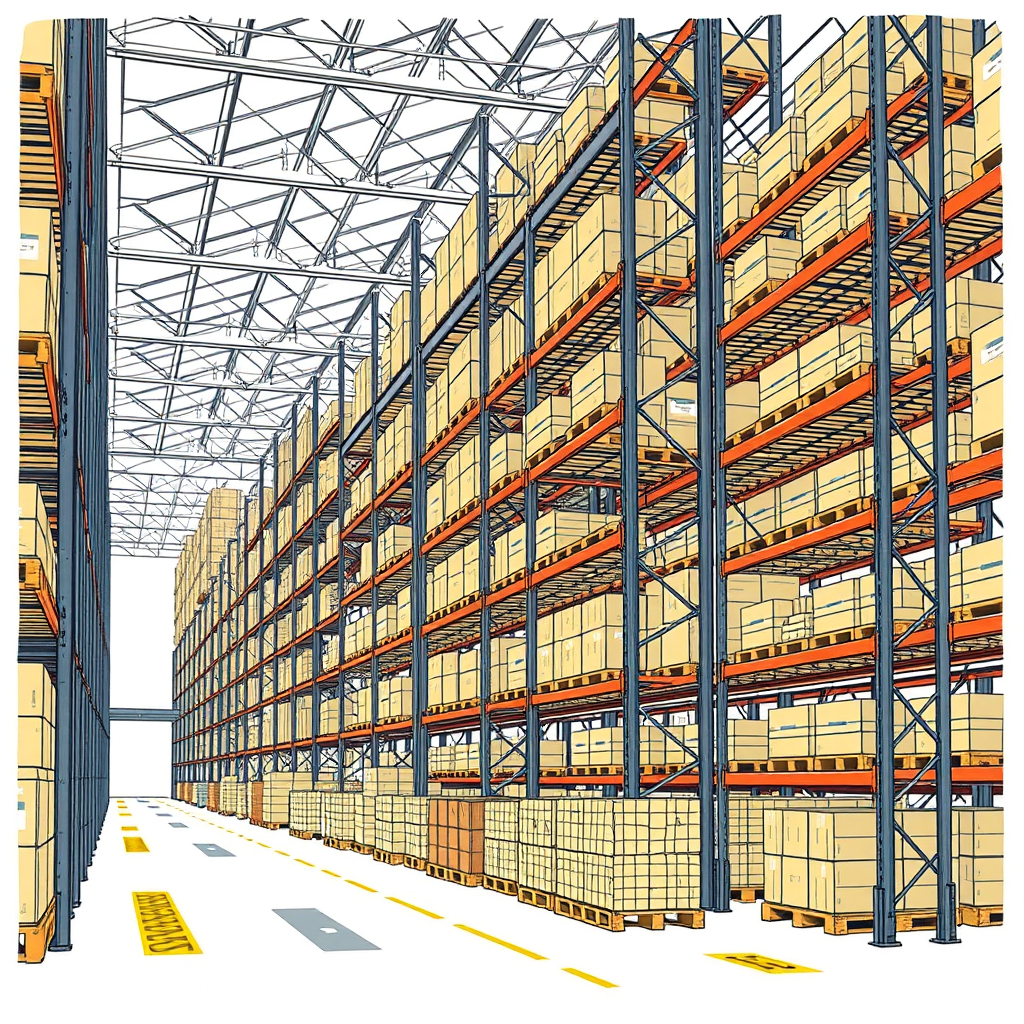Unlock Warehouse Space: Pallet Racking Guide

Optimizing warehouse space is a critical component of efficient operations and a key driver of profitability for businesses of all sizes. Pallet racking systems have emerged as the backbone of modern warehousing, offering a flexible and scalable solution to maximize storage density and streamline inventory management.
These systems aren’t simply about stacking goods higher; they fundamentally alter how warehouse space is utilized. By moving storage vertically, pallet racking frees up valuable floor space, reducing the need for costly expansions and allowing for more efficient movement of materials. Selective racking remains the most common and user-friendly option, providing direct access to individual pallets. The design focuses on utilizing vertical space, making the most of available cubic footage.
However, implementing a pallet racking system requires careful consideration of safety. Proper design and installation are paramount. Overloading pallets or using unqualified installers can lead to catastrophic failures. Robust safety features, including column and rack barriers, and clear traffic management systems, are essential to mitigate the risk of collisions and ensure a secure working environment. Accuracy in design and adherence to safety protocols are non-negotiable.
The adaptability of pallet racking is another significant advantage. As businesses grow and product lines evolve, these systems can be easily reconfigured to accommodate changing storage needs. This flexibility is crucial in today’s dynamic market, allowing companies to respond quickly to shifting demands.
Looking ahead, the future of pallet racking is inextricably linked to automation. The integration of robotics and automated guided vehicles (AGVs) promises to further enhance efficiency and accuracy. These technologies can significantly reduce labor costs, improve storage density – potentially accessing up to 98% of storage space – and minimize errors.
In conclusion, pallet racking is more than just shelving; it’s a strategic investment that can transform a warehouse from a cost center into a competitive advantage. While the technology itself is important, successful implementation requires a holistic approach that prioritizes safety, adaptability, and integration with emerging automation technologies. Businesses that embrace these principles will be well-positioned to optimize their warehousing operations, reduce costs, and drive sustainable growth. The focus shouldn’t be solely on the tools, but on how those tools are applied to create a truly efficient and resilient supply chain.